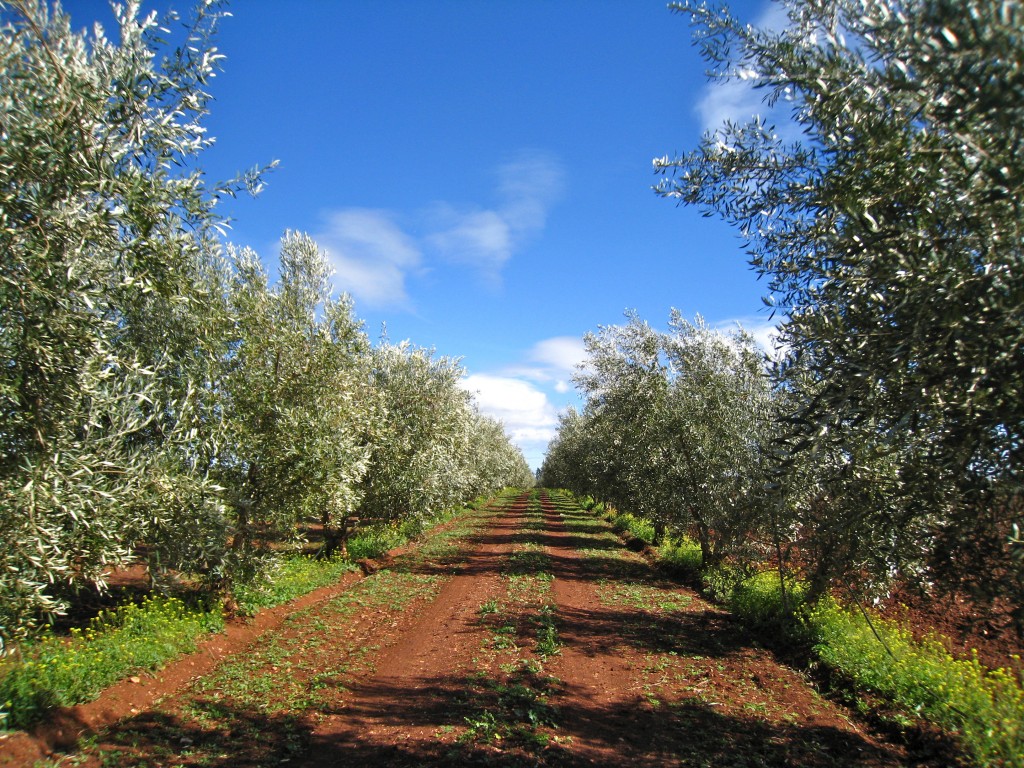Olives of Morocco
Introduced and re-introduced over the centuries, olive cultivation is at the heart of Moroccan cuisine and culture.
Ever seen a table of different types of olives packed so tightly in neat tapering piles? If not, you need to visit the souks of Morocco where succulent olives are available from souks all over the country.
Morocco is the second largest producer of table olives and the sixth of olive oil. The country’s olive main regions for olive production are Marrakesh, Casablanca, Meknes and Fez. Marrakesh specializes in table olives whilst Meknes and Fez produce more olive oil. The olive oil production is characterized by high-quality, export-oriented processors. Many of these high-quality export processors have won multiple awards at international competitions for their unique olive oil.
In Morocco , olives are used as appetizers and served with herbs such as thyme, rosemary, and oregano whilst the crushed olives are used as bio products for fuel and for making “Saboun El Baldi”. Morocco is a serious contender when it comes to the exporting of olives to the world market.
The olive’s history in Morocco can be traced to Greek colonizers on Sicily. The colonizers brought the olive to the island and took trees across on to the mainland. Eventually, as trade routes developed, the olive was brought west.
At Volubilis in Morocco, ancient olive press’s are worked by applying pressure to olive paste to separate the liquid oil and vegetation water from the solid material.
This basic method is still widely used today, and it is still a valid way of producing high quality olive oil if adequate precautions are taken.
First the olives are ground into an olive paste using large millstones at an oil mill. The olive paste generally stays under the stones for 30‑40 minutes. This has three objectives:
- Ensure that olives are well ground
- Allow enough time for the olive drops to join to form the largest droplets of oil
- Allow the fruit enzyme to produce some of the oil aromas and taste
Olive oil mills very rarely used a modern crushing method with a traditional press. After grinding, the olive paste is spread on fiber disks, which are stacked on top of each other, then placed into the press. Traditionally the disks were made of hemp or coconut fiber, but in modern times they are made of synthetic fibers which are easier to clean and maintain.
It’s commonly known that the symbol of olives all over the world is “Peace”.



